10 steps to hotter hi-hats
Score a hit with our top ten tips for hipper hats
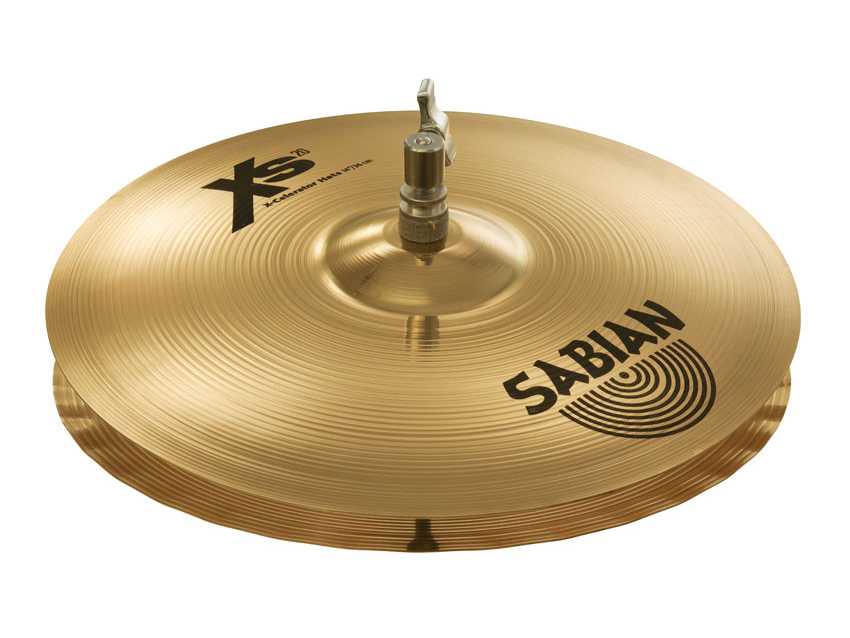
Hat tricks
Hi-hats have been topping off grooves in almost every musical genre since their invention in the 1920s. Most of the time, a drummer 'rides' the hi-hats with a drumstick, applying pressure to the pedal to generate the 'open' and 'closed' hat sounds that give the instrument its expressive character. Open hits have a long sustain, with both cymbals ringing out; closed hits decay quickly.
The sequencing of closed and open hi-hat sounds forms a metallic pattern that drives a rhythm along. Synthesised 'electronic' hi-hats are usually created using white noise and filtering to replicate the sound and tone of the real thing.
In this tutorial, we'll show you how to inject life, width, depth, dynamics and realism into your hi-hat parts, whether you're working with synth-based drum machines or realistic samples. Hold on to your hats!
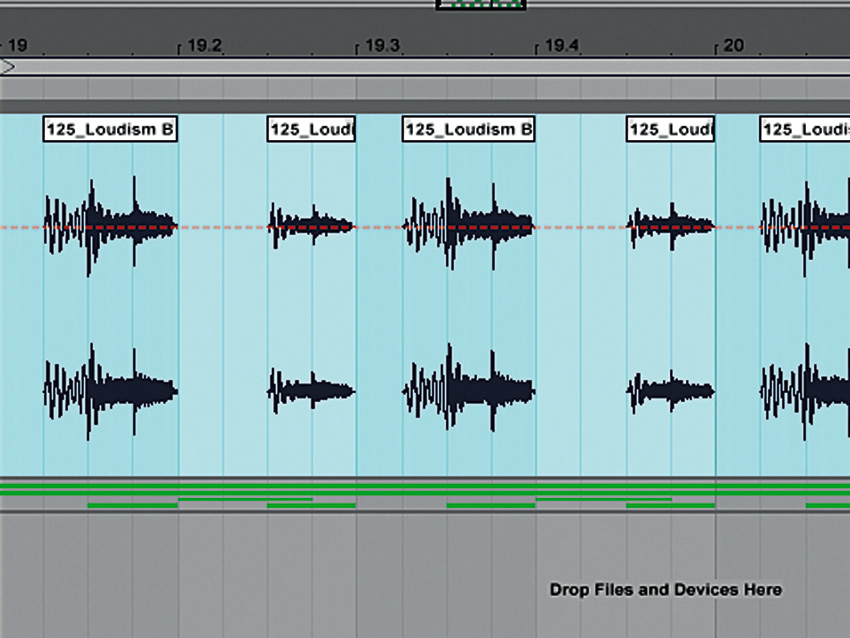
Chopping the hi-hats out of a loop
Before we tackle the nitty gritty of programming hi-hats from scratch, let’s first look at using and customising pre-existing grooves.
Many producers feel that using ready-made drum loops from sample packs is cheating, but it’s actually possible to chop up, rearrange and customise hi-hat elements extracted from dense drum loops in order to make them entirely your own. These don’t have to form the sole basis of your own rhythm, but can just sit behind other programmed hits to add interest.
Start with a full drum loop containing a kick, snare and hi-hats, slice up the audio file to isolate only the hats, then edit and process them to help sit the groove behind your other drum hits.
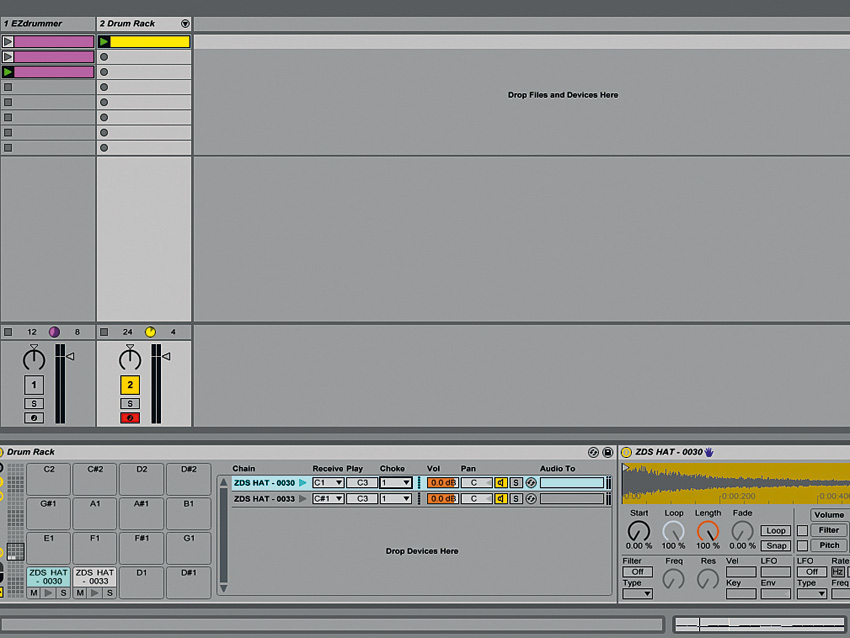
Programming hi-hat 'choke'
A drummer can cut short, or ‘choke’, an open hi-hat sound using the pedal. In most dedicated drum software, programming a closed hi-hat note shortly after an open one will abruptly cut off the latter’s tail.
If you have one, it may sound more realistic to cut off the first sound with a ‘pedal’ sample. In your sampler, put all your hi-hat sounds in the same ‘choke group’ to have them cut each other off.
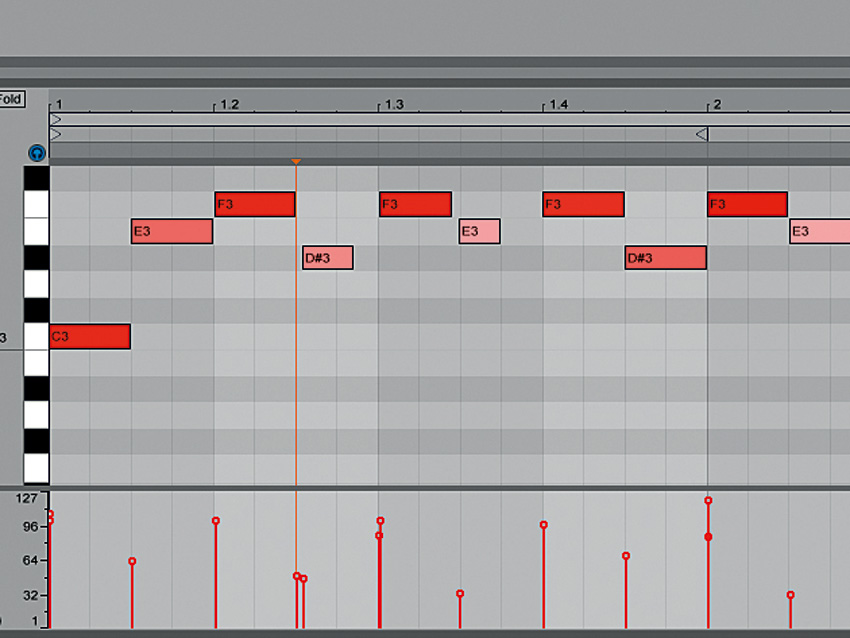
Velocity and articulations
Drum ROMplers do a great job of recreating the sound and tone of a realistic drum kit, but you need to put in a little effort to replicate the performance and timing imperfections of a human drummer.
Program in velocity variations through the pattern, so that accented notes are at higher velocities and the notes in between are at lower ones, mimicking how a live drummer might play. You can also move certain notes slightly ‘off the grid’ to humanise the rhythm.
Some drum instruments offer hi-hat articulations that emulate a drummer hitting them in different ways, such as with the tip and shoulder of the stick. Add this variety to your groove by alternating MIDI notes, each one triggering a different articulation.
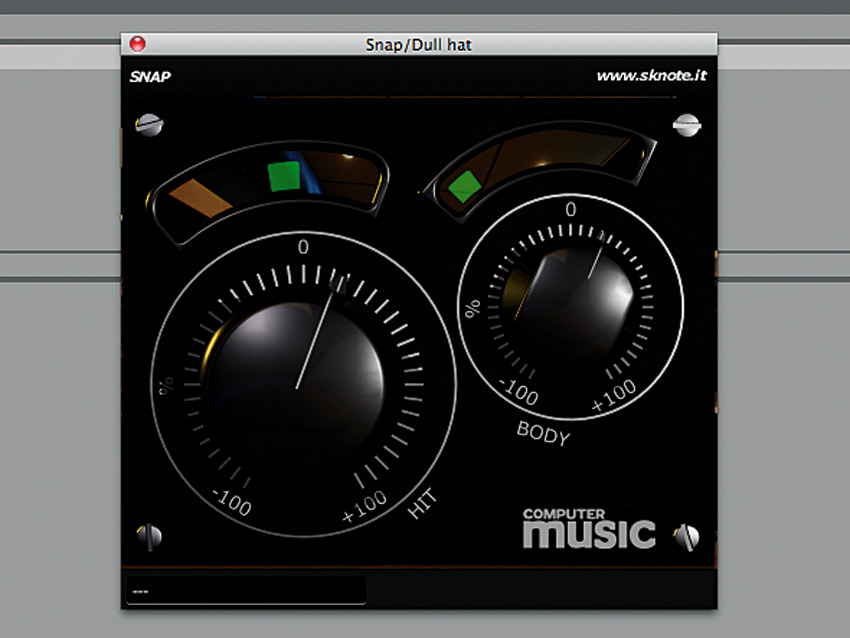
Brightening hi-hat transients
SKnote Snap is a unique and handy transient enhancer plugin. It’s part of the CM Plugins collection, included with every issue of Computer Music magazine. Applying it to a hi-hat sound lacking in the sharp sizzle that today’s music demands can work wonders.
Start with the Hit and Body dials set to zero. A very slight positive Body amount applies a high-shelf boost, while raising the Hit parameter increases the amount of transient affected by it, adding brightness to the hi-hat’s initial attack and leaving the rest of the tone unaffected. Thus, the character of the sound is retained, but that essential ‘snap’ is enhanced - an effect that’s difficult to achieve with regular equalisation or transient shaping.
Be careful not to overcook it, though -you’ll often only need to dial in subtle settings for slight transient brightening of your hi-hats.
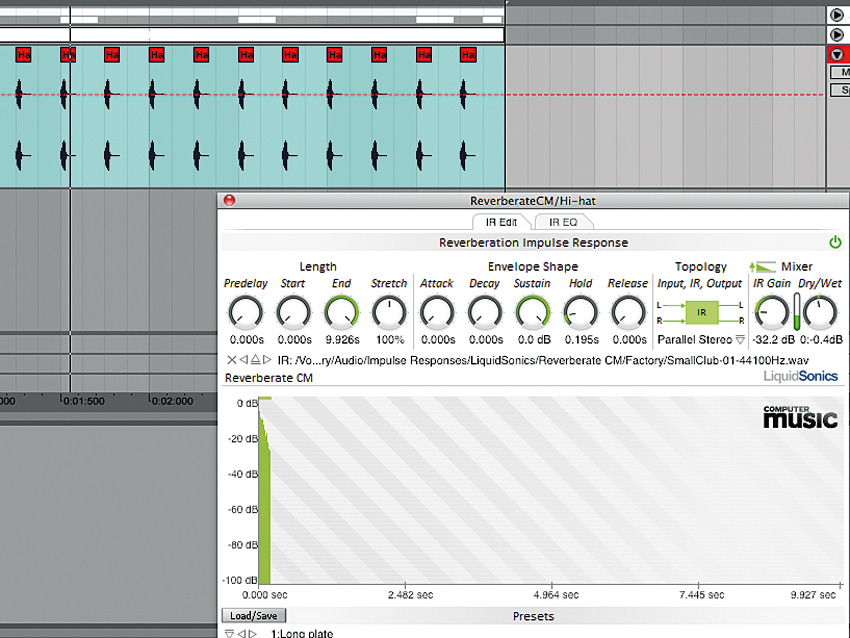
Adding depth using subtle reverb
In the real world, we’re used to hearing sounds reflecting off nearby surfaces, creating tight echoes – an ambience that dry hi-hat samples can lack.
To alleviate this dryness and place hats in the mix, add a tiny touch of short room reverb. It should only be applied very subtly, but it can add a professional sheen to electronic hi-hats.
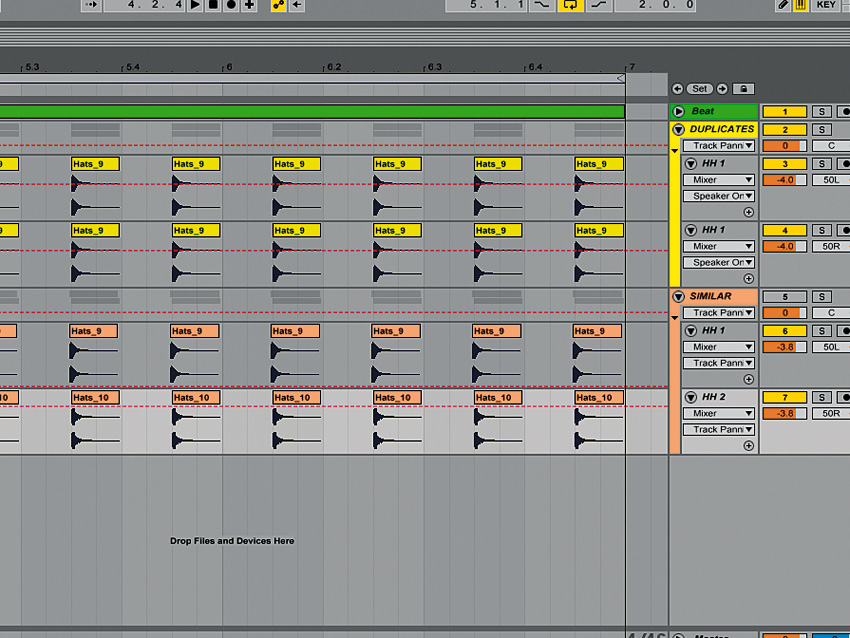
Super-wide hi-hats
To add width to sounds, many producers will employ the Haas effect. Take a signal, duplicate it, pan one copy hard left and the other hard right, and delay one side by just a few milliseconds. The ear will be fooled into hearing the two as one single, super-wide sound.
You can also use this trick with two similar - but not identical - hi-hat samples. Choose a pair that sound roughly the same, then pan one hard left and the other hard right. No delay is needed in this case, and phase cancellation is minimised because the two hats are different.
If you find this effect too extreme, try careful stereo placement of hi-hats through subtle panning instead - this can really inject width and space into the high end of a mix.
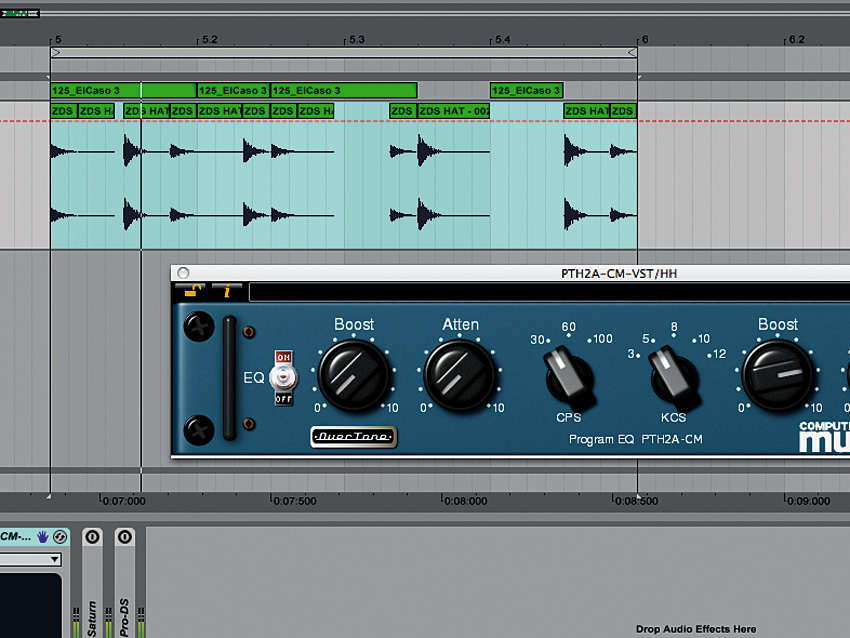
Removing treble harshness
Just as excessive low frequencies can clog up and muddy the low end of a mix, treble and presence areas can often clash and build up, causing fatiguing brightness when several sounds compete for the same space.
The 2-6kHz upper-mid region can add bite to cymbals, but beware of excessive presence above that point - overdo this area and you could make your mix sound thin.
Saturation can add drive and remove shiny treble frequencies, bringing grit and bite to hi-hats. A dry/wet mix control is particularly useful in this scenario, enabling you to maintain the unprocessed signal’s brightness while blending in some upper-mid crunch and thickness.
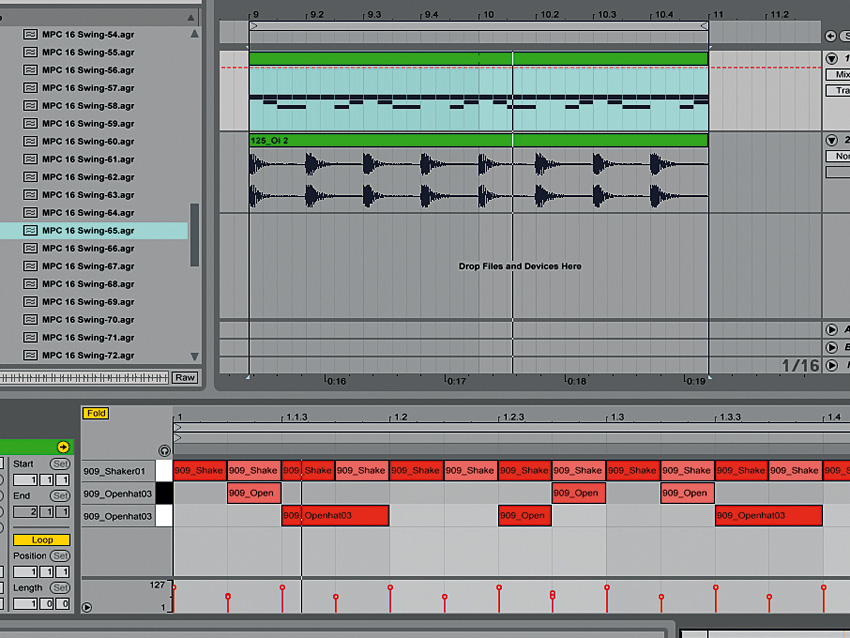
Applying swing
Most DAWs offer some kind of swing function, moving the notes on every second and fourth beat slightly later for a jazzier feel.
Some producers swear by the captured swing grooves of old-school hardware like Akai’s MPC series and the E-mu SP-1200. Whether the swing functions of these machines are actually ‘special’ in any meaningful way is a debate for another time, but if you’d like to try them for yourself, many DAWs feature a built-in selection of old-school drum machine grooves to apply to your hi-hat (and other) parts.
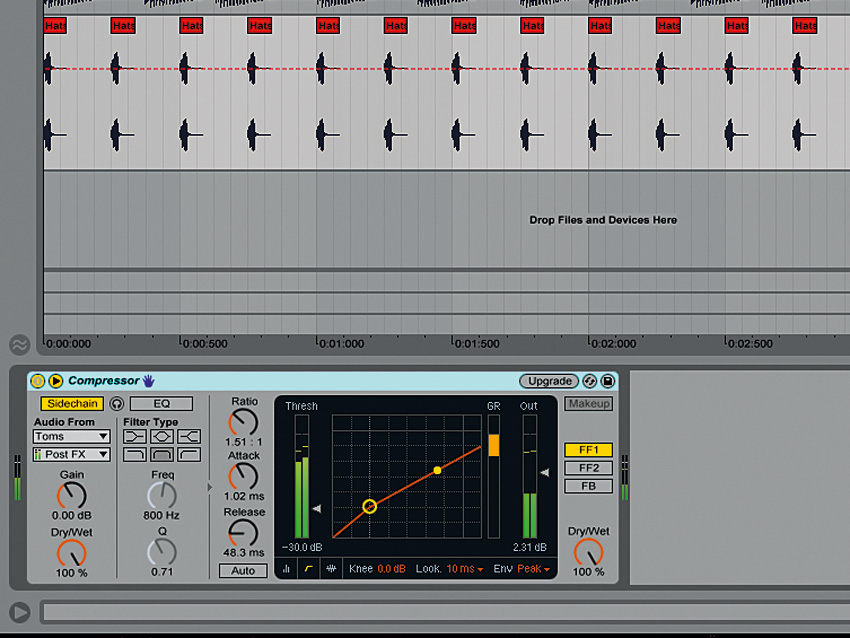
Creative sidechaining
Got a rigid and unnatural-sounding hi-hat pattern that needs loosening up? You could dive in and edit the volume and length of each hit in the piano roll or sampler, but there’s an even speedier solution to be had using sidechain compression.
Simply place a compressor over the hi-hat channel and set up another single-sound rhythmic loop as a sidechain trigger. The loop triggers the compressor’s gain reduction on the hi-hat each time it plays, ducking it and providing movement.
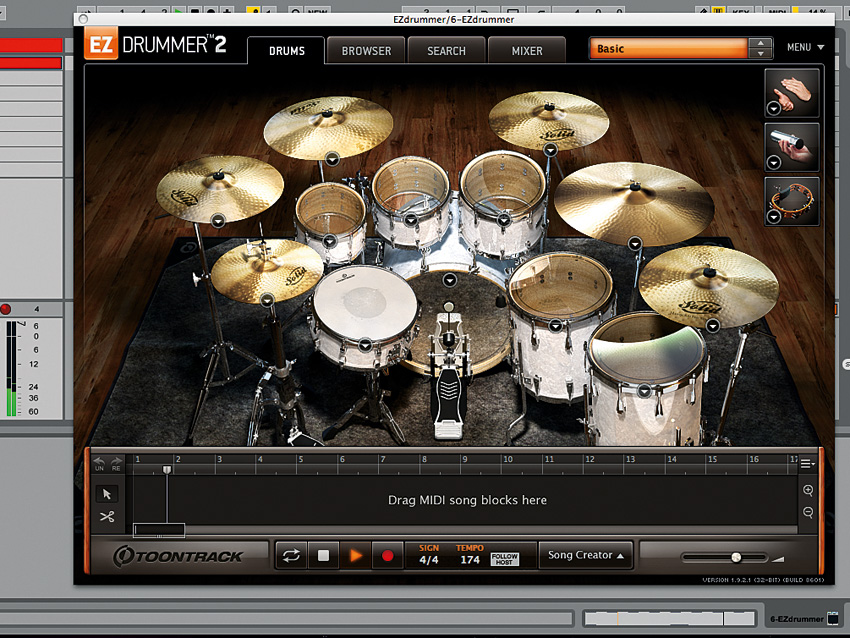
Real electronic hats
Electronic drums may well contain the weight and smack required for a punchy modern mix, but they can sound static and lifeless in comparison to the groovy performance of a live drummer. Realistic hi-hat layers add subtle energy and realism to electronic beats, bringing them to life.
‘Virtual drummer’ instruments such as Toontrack EZdrummer 2 are perfect for this sort of thing, being packed with human-generated performances that can add real character to an otherwise ‘electronic’ beat. Since many such drum ROMplers throw in subtle variations like a real drummer would, if you want your hats to play back the same each time, you might need to render them out as a loop.

Computer Music magazine is the world’s best selling publication dedicated solely to making great music with your Mac or PC computer. Each issue it brings its lucky readers the best in cutting-edge tutorials, need-to-know, expert software reviews and even all the tools you actually need to make great music today, courtesy of our legendary CM Plugin Suite.